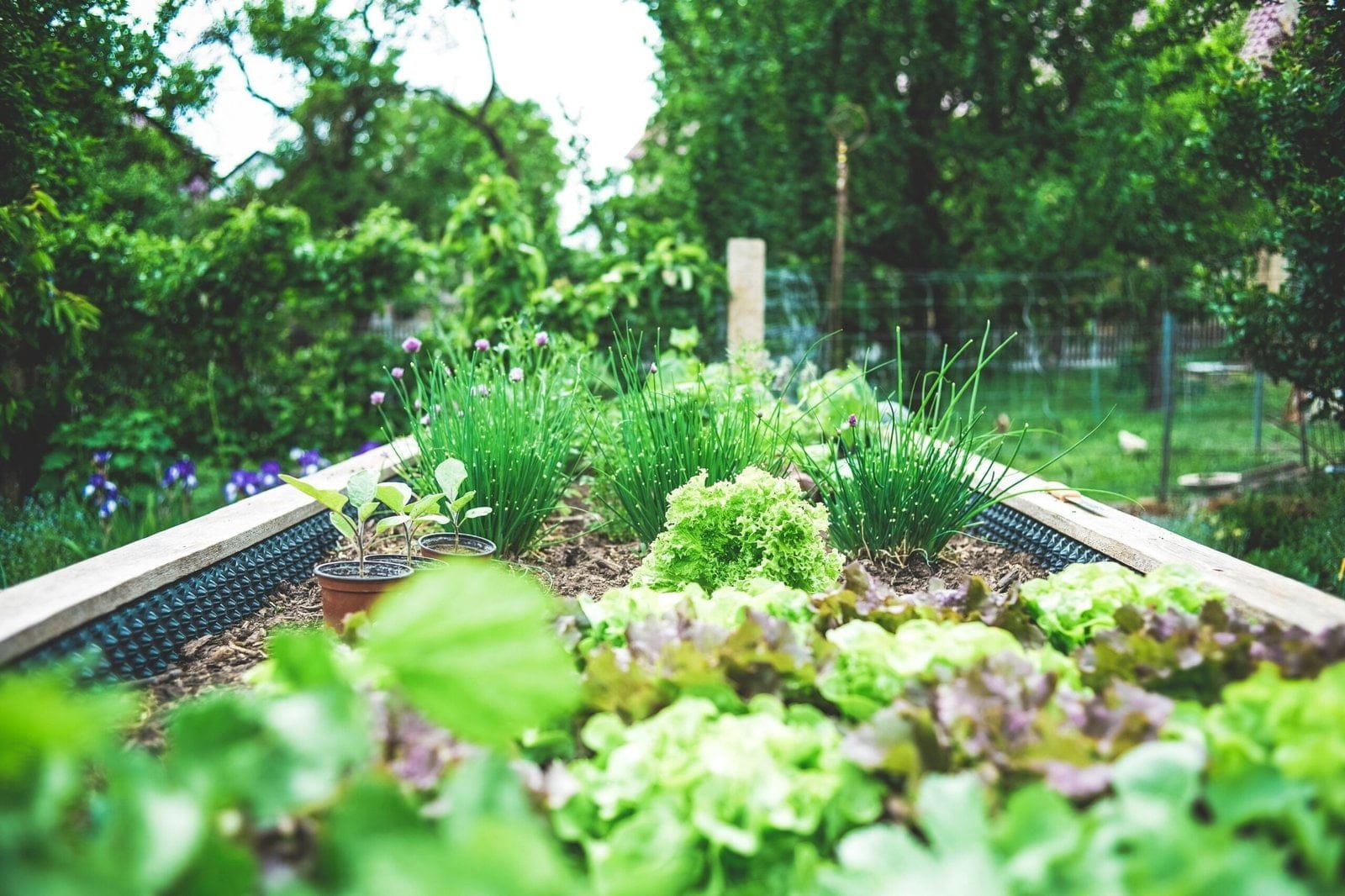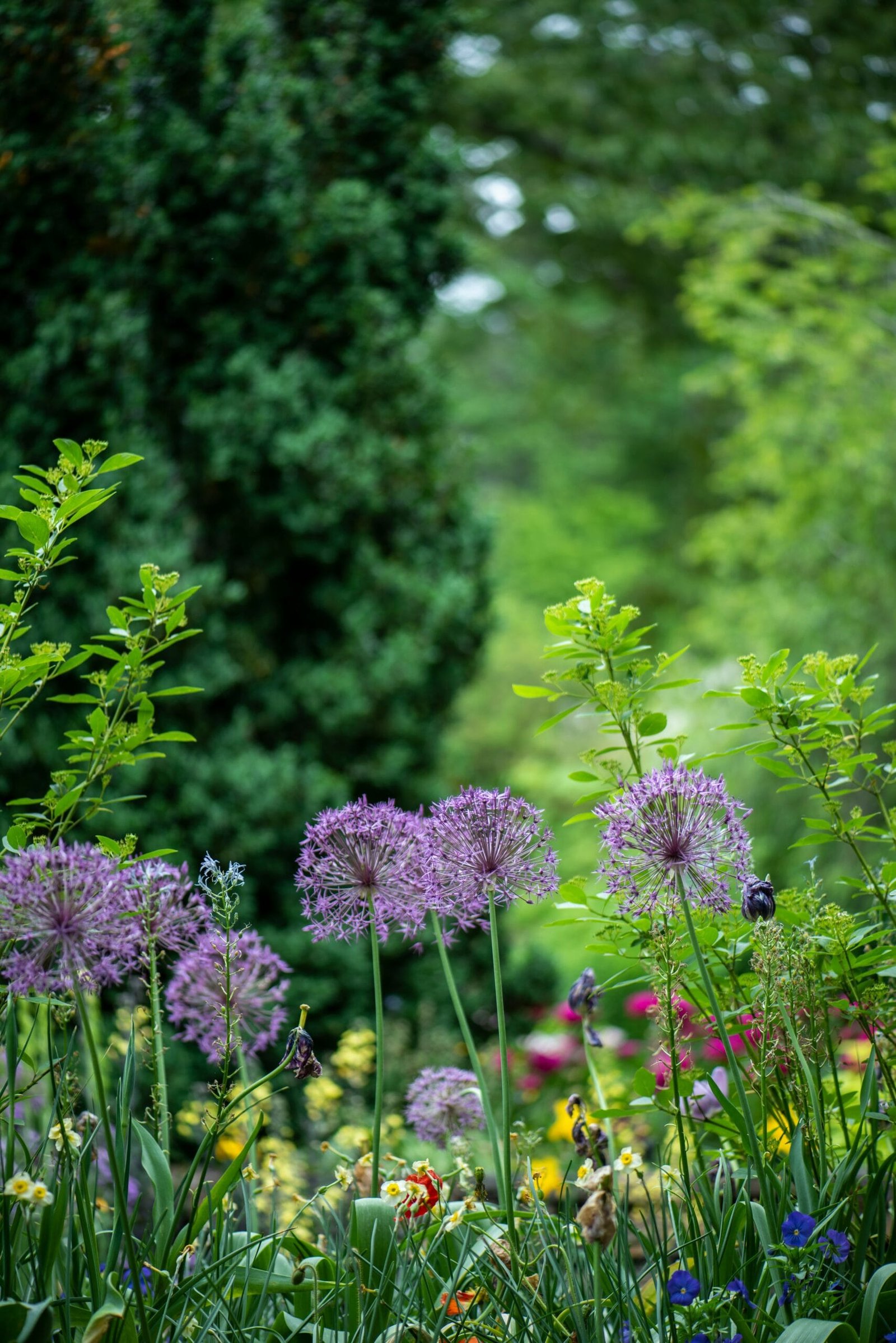Turning Your Space into an Urban Kitchen Garden
Discover the joys of balcony gardening with our comprehensive guide on growing lettuce. Learn about the benefits of urban gardening, from maximizing limited space to enjoying home-grown produce. Find out how to select the right lettuce varieties, set up your balcony garden, and care for your plants. Transform your urban space into a productive, sustainable kitchen garden with fresh, flavorful greens all season long.
Introduction to Balcony Gardening
Balcony gardening has emerged as a popular trend among urban dwellers who seek to maximize their living spaces while enjoying the benefits of home-grown produce. Growing lettuce on your balcony is an excellent way to dive into urban gardening, as lettuce is particularly well-suited to the conditions typical of balcony environments. These include limited space, variable sunlight, and the unique microclimate that a balcony can create.

One of the major advantages of balcony gardening is the accessibility it offers. Instead of traveling to a community garden or managing a larger backyard plot, you can tend to your plants just a few steps from your kitchen. This convenience makes it easier to integrate gardening into your daily routine, encouraging more consistent care and allowing for a more hands-on approach to plant management.
Please, read our post and do not forget to check our YouTube channel “Grig Stamate”:
https://www.youtube.com/@GrigStamate
You will find there, thousands of designing, furnishing, and decorating ideas for your home interior and outdoors.
Allow me to mention one of them:
Beautiful Balcony Gardens | OUTDOOR DECOR & LANDSCAPING IDEAS #13 (video)
Lettuce, in particular, thrives in partial shade, making it an ideal candidate for north-facing balconies that might not receive full sun throughout the day. This adaptability allows for a successful harvest even in less-than-ideal lighting conditions. Additionally, the compact nature of lettuce plants means they can be grown in smaller containers, making efficient use of limited balcony space.
Urban gardening also offers significant advantages in terms of pest and disease control. Elevated off the ground, balcony gardens are less susceptible to many of the pests and diseases that commonly afflict traditional gardens. This elevation can reduce the need for chemical interventions, promoting a more organic and environmentally friendly approach to gardening.
Furthermore, growing lettuce on your balcony contributes to a sustainable lifestyle. It reduces your reliance on commercially grown produce, which often involves significant transportation and storage efforts. By cultivating your own lettuce, you not only enjoy fresher, more nutritious greens but also contribute to reducing your carbon footprint.
In summary, balcony gardening, and specifically growing lettuce, offers numerous benefits including convenience, better pest control, and a more sustainable living approach. It is an excellent way to transform your urban space into a productive and enjoyable kitchen garden.
Selecting the Right Lettuce Varieties
When it comes to growing lettuce on your balcony, selecting the right varieties is crucial to ensure a bountiful and healthy harvest. Different types of lettuce, such as leaf lettuce, romaine, and butterhead, each possess unique characteristics that make them suitable for various growing conditions. Understanding these differences can help you choose the best varieties for your urban kitchen garden.
Leaf lettuce, also known as loose-leaf lettuce, is an excellent choice for balcony gardening due to its rapid growth and minimal space requirements. Varieties like ‘Black Seeded Simpson’ and ‘Red Sails’ thrive in pots and containers, providing a continuous harvest of tender leaves. Leaf lettuce requires moderate sunlight, ideally 4-6 hours per day, and is relatively resistant to pests and diseases. Regular watering and well-draining soil will keep your plants healthy and productive.
Romaine lettuce, or cos lettuce, is another popular option for balcony gardens. With its upright growth habit, romaine varieties such as ‘Parris Island Cos’ and ‘Little Gem’ are well-suited for limited spaces. These lettuces need around 6-8 hours of sunlight daily and perform best in cooler temperatures. While romaine is somewhat more susceptible to pests like aphids and slugs, consistent monitoring and organic pest control methods can mitigate these issues.
Butterhead lettuce, including varieties like ‘Boston’ and ‘Buttercrunch’, is favored for its soft, buttery leaves and compact growth. This type of lettuce can tolerate partial shade, requiring only 3-4 hours of direct sunlight, making it ideal for balconies with less sun exposure. Butterhead lettuce is generally resistant to common diseases, though it can attract pests like snails and caterpillars. Employing physical barriers or organic insecticides can help protect your crop.
When selecting seeds or seedlings for your balcony garden, consider the specific conditions of your space, such as sunlight availability, temperature fluctuations, and potential pest problems. Opt for disease-resistant varieties and look for those labeled as “container-friendly” or “compact.” By choosing the right lettuce varieties, you can maximize your balcony’s potential and enjoy a fresh, homegrown supply of greens throughout the growing season.
Setting Up Your Balcony Garden
Creating a productive balcony garden for growing lettuce is a rewarding endeavor that begins with careful preparation. Selecting the right containers is a critical first step. Opt for containers that are at least 6-8 inches deep to accommodate the root systems of lettuce plants. Materials such as plastic, ceramic, or clay pots are ideal, though plastic containers are often favored for their lightweight and durability. Ensure that each container has adequate drainage holes to prevent waterlogging, which can be detrimental to lettuce growth.
Soil preparation is equally important. Use a high-quality potting mix that is well-draining yet retains sufficient moisture. A mix enriched with organic matter, such as compost or well-rotted manure, provides essential nutrients and promotes healthy root development. It is advisable to avoid garden soil, which may compact and hinder root growth in container environments. Additionally, you may consider adding perlite or vermiculite to improve aeration and drainage.
Positioning your containers to maximize sunlight exposure is vital, especially if your balcony is north-facing. Lettuce thrives with at least 4-6 hours of direct sunlight daily. If natural sunlight is limited, consider using reflective surfaces to direct light onto your plants or invest in grow lights to supplement the natural light. Rotating the containers periodically can also ensure even light distribution and prevent leggy growth.
Maintaining optimal moisture levels is crucial for healthy lettuce. Lettuce prefers consistently moist soil but is sensitive to overwatering. Water your plants when the top inch of soil feels dry to the touch, and be mindful of the weather conditions, adjusting the frequency of watering accordingly. Mulching the soil surface with organic materials like straw or shredded leaves can help retain moisture and regulate soil temperature.
By carefully choosing containers, preparing the soil, ensuring proper drainage, and strategically positioning your plants for optimal sunlight and moisture, you’ll create an ideal environment for growing robust and flavorful lettuce on your balcony.
Caring for Your Lettuce Plants
Caring for your lettuce plants is essential to ensure they thrive and provide a continuous supply of fresh greens from your balcony garden. Proper watering, fertilization, and pest management are key to maintaining healthy lettuce plants.
Watering is a crucial aspect of lettuce care. Lettuce plants prefer consistently moist soil, but it’s important to avoid waterlogging, which can lead to root rot. Water your lettuce early in the morning to reduce evaporation and ensure the soil remains damp throughout the day. A gentle, even watering technique, such as using a watering can with a fine rose or a drip irrigation system, can help prevent soil disturbance and provide adequate moisture to the plants.
Fertilization is another important factor in growing robust lettuce. Use a balanced, water-soluble fertilizer every two weeks to provide essential nutrients. Organic options such as compost tea or fish emulsion can also be highly beneficial. Be careful not to over-fertilize, as this can lead to excessive leaf growth and reduced flavor quality.
Pest management is vital to keep your lettuce plants healthy. Common pests such as aphids and slugs can cause significant damage. Aphids, small sap-sucking insects, can be controlled by spraying the plants with a mixture of water and a few drops of dish soap. For a more natural approach, introduce beneficial insects like ladybugs, which feed on aphids. Slugs can be managed by placing shallow dishes of beer around the plants; the slugs will be attracted to the beer and subsequently drown.
In addition to pests, be vigilant for signs of disease such as mildew, a common fungal issue that appears as a white, powdery coating on the leaves. To prevent mildew, ensure good air circulation around your plants and avoid overhead watering. If mildew does appear, remove affected leaves and consider using an organic fungicide.
Harvesting lettuce correctly is crucial for continuous growth. Cut the outer leaves first, allowing the inner leaves to mature. This method, known as “cut-and-come-again,” encourages new growth and extends the harvest period. Always use clean, sharp scissors to minimize damage to the plant.
With diligent care, your balcony lettuce garden will flourish, providing fresh, flavorful greens throughout the growing season. Regular attention to watering, fertilization, and pest control, coupled with proper harvesting techniques, will ensure a bountiful and ongoing supply of lettuce from your urban kitchen garden.
Other related posts from our website:
https://howtobuildahouseblog.com/7-decorating-tips-for-your-balcony-or-patio/
Thank you so much for your attention.
Stay tuned. We will upload many other amazing posts to our website and videos onto our YouTube channel.
Thank you so much.
for your time and attention.
Best Regards
See you to another post,
Bye, Bye


